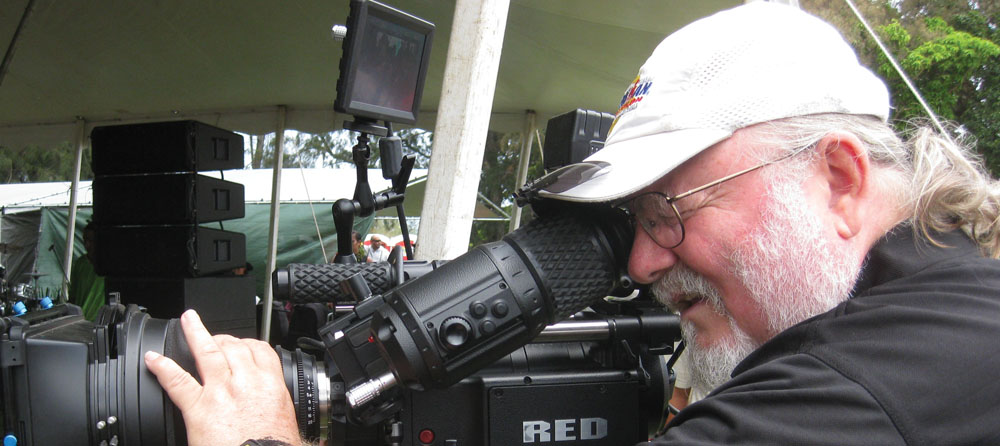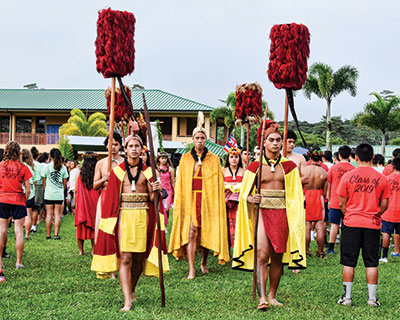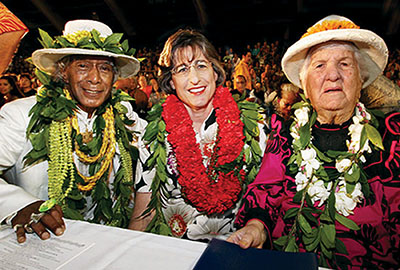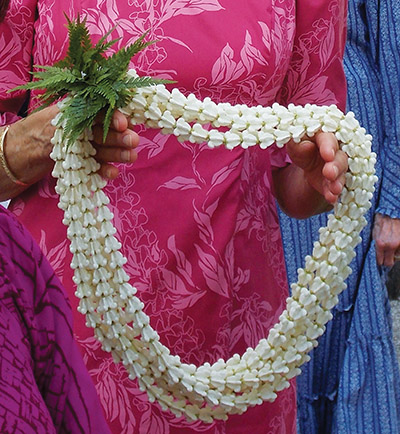
“He Mo‘olelo kō ka Lei”: A Story of the Lei
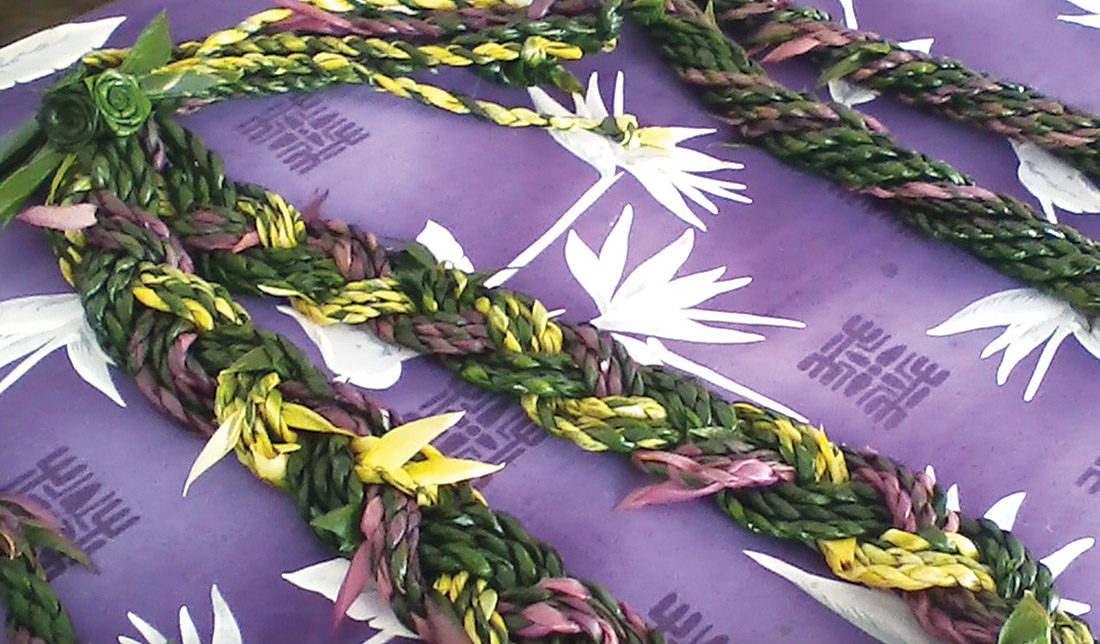 By Gayle ‘Kaleilehua’ Greco
By Gayle ‘Kaleilehua’ Greco
The very symbol of aloha is the lei. And the most cherished expression is that of a child, “He lei poina ‘ole ke keiki,” meaning, “A beloved child is a lei never forgotten.”
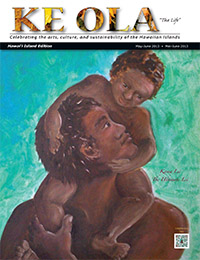
A celebration and acknowledgement of love occurs every time a lei is given and received. Whether in flowers, seeds, feathers, words, or song, the lei is the circle of love, the woven expression of aloha, which is made so creatively in simplistic or intricate form. When one thinks about the lei, many immediately think of the fragrant flower lei that are so symbolic here in Hawai‘i. The beautiful pua (flowers) that grace our islands, woven together in a circle, never ending, the beginning and end invisible to the eye. And yet, the lei has such depth and meaning beyond this aromatic flower garland.
From the 8th to 14th centuries, the lei creation and custom was introduced to the Hawaiian Islands by early Polynesian voyagers who journeyed from Tahiti, navigating by the stars in sailing canoes. During this period of expansion, the lei across the Pacific were similar. However, soon the Hawaiians developed their own unique lei traditions.
In the early days of Hawai‘i, the lei was created as an adornment and made mostly of garlands from local flowers, leaves, vines, seeds, nuts, shells, feathers, and even bone and teeth of various animals. The lei was used in sacred ceremony, along with social occasions of celebration. In Hawaiian custom, a lei was a symbol of respect and honor. Traditionally, the lei would be given to the person, not placed on the person as it is today. It would have been considered disrespectful to put your hands above someone else’s head to place something on him or her. To give a lei to a highly honored person, the presenter would dip their knees into a crouch, and raise the lei with both hands so that it was on a level with the crown of the presenter’s head as they bowed their head and looked to the ground.
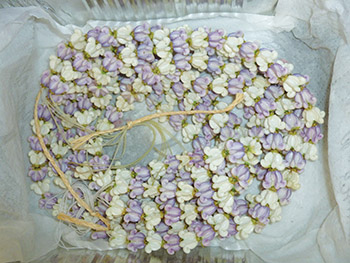
In Hawaiian culture, Kuku‘ena is the goddess associated with lei making. An elder sister of the volcano goddess Pele, Kuku‘ena (Hi‘iakaikapua‘ena‘ena) was a critical figure in Pele’s journey to Hawai‘i. She prepared the ‘awa for the protocols, she helped guide the family’s journey by reading the clouds, she brought the seeds and cuttings for plants used today in lei making and medicine. She is a healer, the goddess of lei making, and a guide to travelers lost in the wilderness. As even modern lei makers know, getting lost in the forest is an ever-present danger to those who make their living going out and harvesting the wild plants for lei; Kuku‘ena is appealed to as a guide of lost travelers. Kuku‘ena assists travelers back to the path or familiar ground and then disappears from sight. A prayer to her, in various forms, is used by lei makers, hula practitioners, and canoe carvers. It reminds the lei maker to put aside other concerns and to focus on the task at hand: being present with the foliage of the lei and the lei itself, so that the mana‘o (energy) of the lei is pure.
Modernly, May 1 signifies Lei Day here in the Hawaiian Islands. It is a day to honor ke lei and the Hawaiian culture.
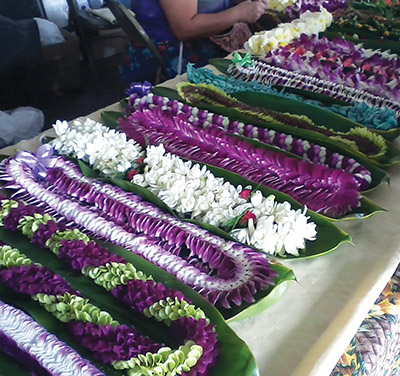
Lei Day was invented by poet and Honolulu newspaper columnist, Eric Kosciuszko, in the 1920s. Poet laureate, Don Blanding, thought that Hawai‘i should have a day set aside to celebrate and recognize the custom of giving and receiving lei. While working at the Honolulu Star Bulletin, Don discussed the idea with “Kamaaina Kolumn” columnist Grace Tower Warren. She enthusiastically embraced the idea and suggested that the day should be May Day and coined the phrase, “May Day is Lei Day.” Inspired by their creation, Leonard “Red” and Ruth Hawk, composed May Day is Lei Day in Hawai‘i, a hapa-haole song that was originally done as a fox trot and later choreographed in hula.
Looking back in history, before Lei Day, was May Day, a Celtic festival of Beltane and the German festival of Walpurgis Night. Traditionally, May 1 was the first day of summer and the earliest celebrations appeared in pre-Christian times with the festival of Flora, the Roman goddess of flowers. Since the Christianization of Europe, a more secular version of the festival has continued in Europe and America. Today, May Day is well known for maypole dancing and the crowning of the Queen of the May, and Lei Day closely follows the tradition of celebrating flowers and the crowning of Her Floral Majesty, the Lei Day Queen.
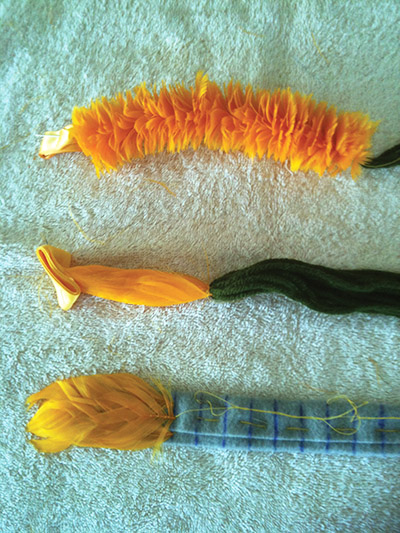
Lei Day has since been adopted by Hawai‘i state and local government and has taken on the sense of a general spring celebration. The first Lei Day was in 1927 and celebrated in downtown Honolulu with a few people wearing lei. From there, it grew and more and more people began to wear lei on May 1st. In 1928, the first Lei Queen, Nina Bowman, was crowned by Mayor Charles Arnold in Honolulu. After a few years, Lei Day was expanded to each of the Hawaiian Islands. Around that time, the island mayors agreed on specific colors and types of lei to represent each island for parades and other pageantry.
Ni‘ihau is the only island with a shell, not a flower or plant as its lei, and Maui has the only lei made from a non-indigenous plant.
For the past eight years, Leilehua Yuen and Manu Josiah have coordinated the Lei Day festival in Hilo. As cultural practitioners, Leilehua and Manu have dedicated their lives to the perpetuation of Hawaiian culture. Through the Lei Day festival, Leilehua and Manu want to help promote the diversity, precision, and depth of the Hawaiian language, storytelling, and lei making.

Leilehua, a traditional storyteller, weaves a lei with her words as we sit to talk story about nā lei o Hawai‘i and the festival. Kumu Leilehua Yuen says, “A lei is not just flowers strung on a thread. A lei is a tangible representation of aloha in which symbols of that aloha are carefully sewn or woven together to create a gift. This gift tells a story of the relationship between the giver and the recipient. Many things can make up a lei. One can string flowers, seeds, shells, or berries into a lei. One can weave vines and leaves into a lei. One can weave words into a poem or song, which is then a lei. The ultimate expression of a lei is kama lei—the child which represents the intertwining of aloha between the parents.”
The first Hilo Lei Day festival was started in 2005 by Nona Beamer and Leilehua Yuen. They had been talking about how the specialized terms in cultural arts were disappearing. Aunty Nona knew Cody King, Director of the Wailoa Art Center, and had learned that there was an opening for the Fountain Gallery show. Aunty Nona asked Cody if Leilehua could do the show featuring Leilehua’s artwork, which uses the lei as a metaphor for different aspects of Hawaiian cultural concepts. The hope was that the show would help educate people in these traditions. The show ran through the month of April, and closed with a small Lei Day festival held on the lanai of the Wailoa Art Center. This event, known as, “He Mo‘olelo o nā Lei,” was the first celebration of what has become the Hilo Lei Day Festival.
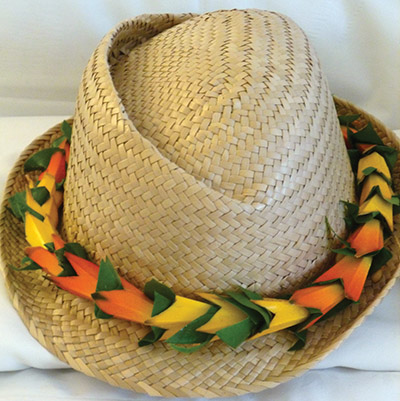
The festival then moved to the Mo‘oheau Bandstand to use the larger space. Three years ago, Ben Kaili, Director of the Big Island Music Festival and Dennis Taniguchi, at the time, the Executive Director of the East Hawai‘i Cultural Center, suggested moving the festival to Kalākaua Park, across the street from the Cultural Center. Historically significant, Kalākaua Park was the site of Hilo’s first community Lei Day festivals, in the 1930s. The offering to bring the Lei Day Festival back to Kalākaua Park and use the EHCC’s beautiful historic building was perfect synergy, and the festival has been here ever since.
This year, on Wednesday, May 1, the celebration at Hilo’s old Town Square, Kalākaua Park, begins with the decorating of the kuahu lei for Kuku‘ena, goddess of lei making, the reading of the Mayor’s proclamation declaring May 1, “Lei Day in Hawai‘i County” and “May the Month of the Lei in Hawai‘i County,” and also includes Hawaiian music, hula, lei-making demonstrations, and features the heritage, history and culture of the lei. Lei Day Queen for 2013 is Hokulani “Aunty Sammi” Fo, Her Floral Majesty, who will preside over Hilo’s Lei Day festival. This year’s theme, “He Mo‘olelo kō ka Lei,” A Story of the Lei, was selected to help remember that each lei tells a story, perhaps of farewell, of return, or a job well done, yet always, the story is of love.
Another event on May 1, celebrating the lei, is at the Palace Theater in Hilo with the weekly feature of Hawai‘iana Live! Learn about the lei, so emblematic of Hawai‘i. Special guests Stan Kaina and Pi‘ilani Rodrigues join Leilehua Yuen and Manu Josiah to share the meaning of the lei in Hawaiian culture and music, and a video on the crafting of the lei, Hawai‘i’s garland of aloha.
During the many weekly events for Lei Day, be sure to stop by the Hilo Farmer’s Market, where the lei makers showcase their beautiful handmade lei. Strolling from booth to booth, you will see a variety of styles and compositions of lei. As Aunty Nona Beamer taught so many years ago, “Make a lei, wear a lei, give a lei.”
Perhaps the next time you give or receive a lei, whether it be a flower garland, a song, or the arms of a loved one around you, you will recognize the mo‘olelo (story) of the lei. Mahalo nui loa to the ancestors who brought us this gift and to those who perpetuate its deeper meaning of Aloha. ❖
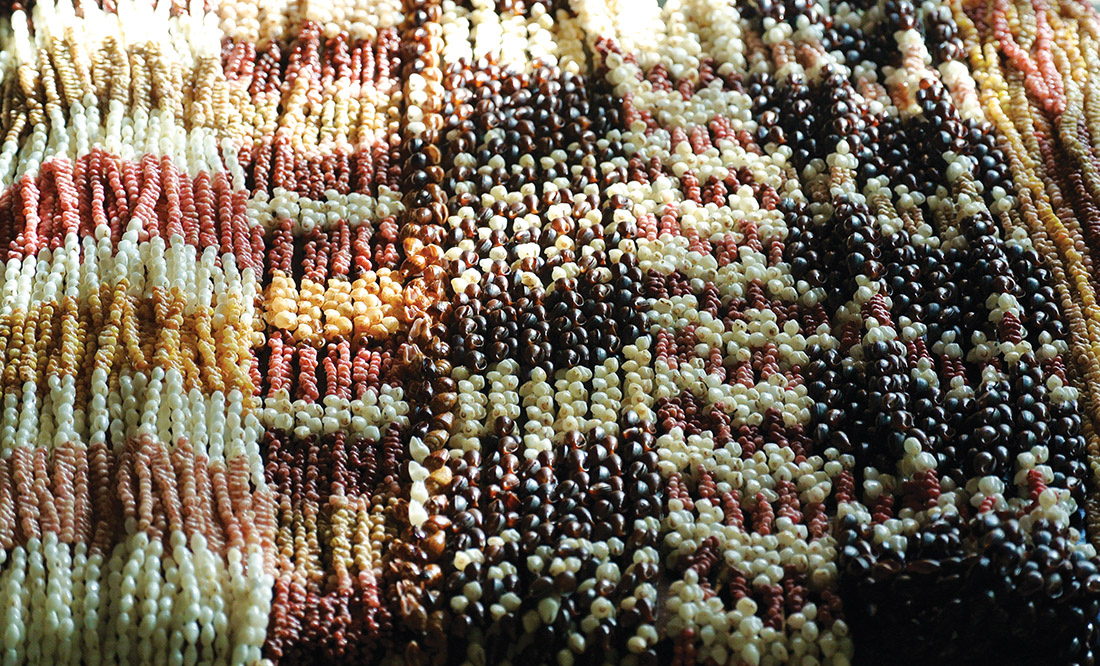
For more information about Lei Day in Hilo: 808.895.0850, info@LeiDay.net, LeiDay.net
Contact writer and photographer: Gayle ‘Kaleilehua’ Greco: gayle.greco@gmail.com
